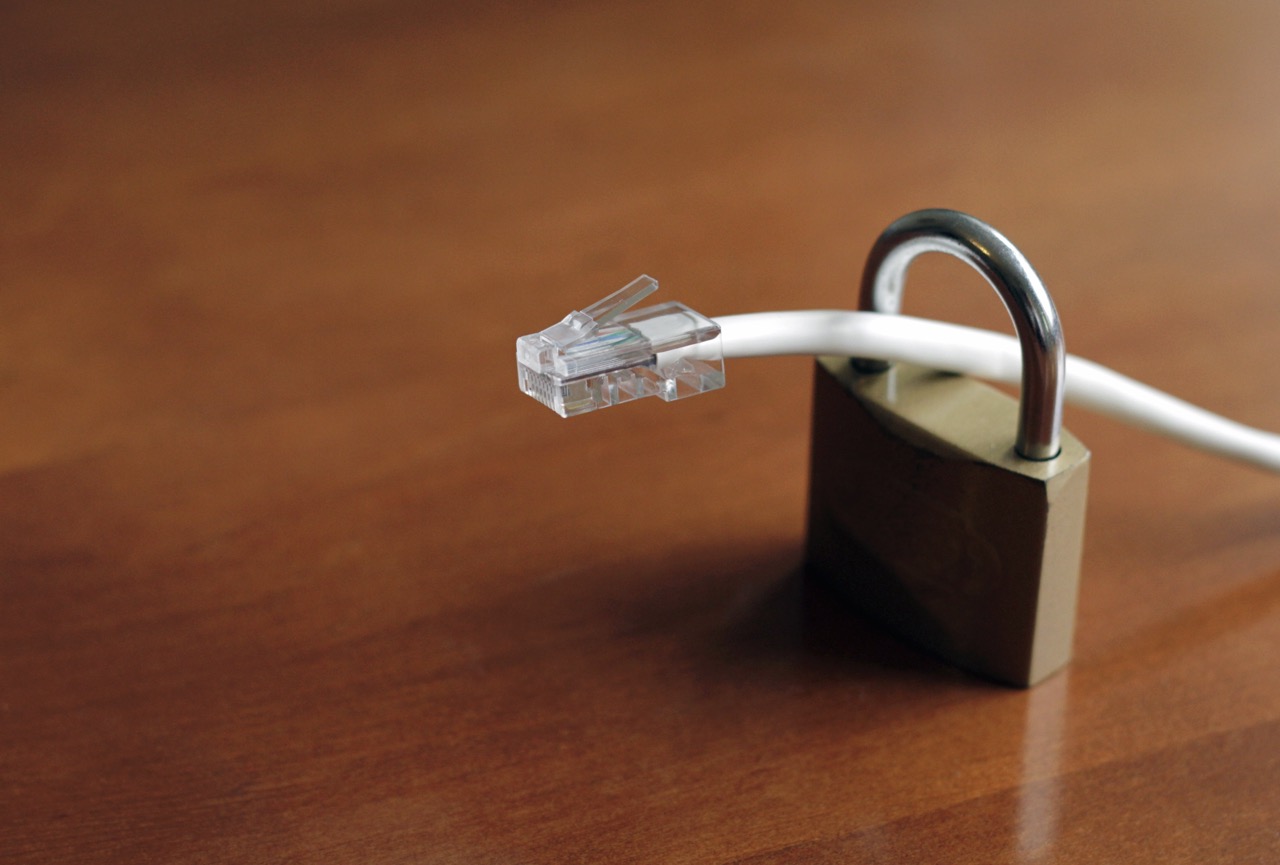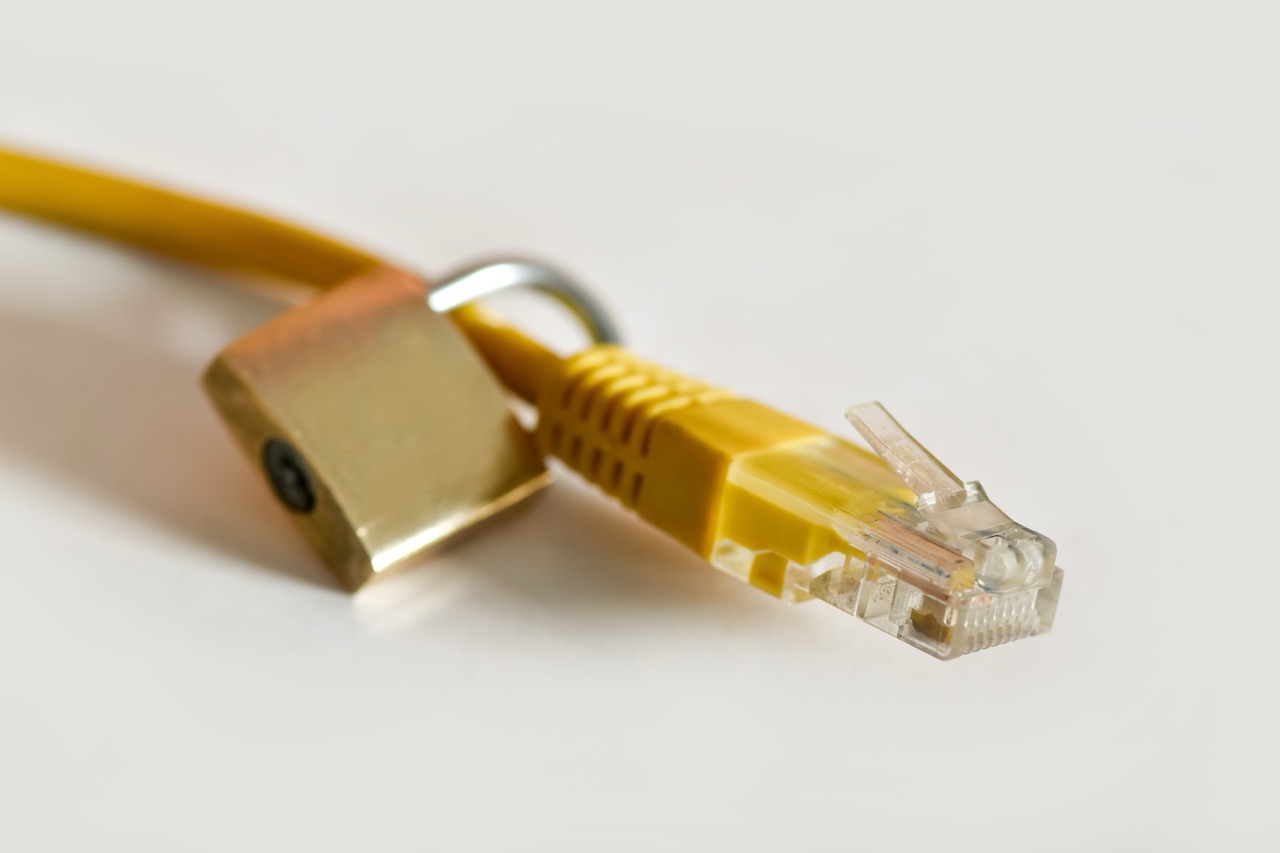In today’s digital landscape, secure remote work is more critical than ever. As employees increasingly access sensitive company data from various locations, the risk of cyber threats escalates. Virtual Private Networks (VPNs) have emerged as essential tools for safeguarding online activities, ensuring data privacy, and maintaining secure connections. Surfshark, a leading VPN provider, offers robust features tailored for remote work environments. This article delves into the significance of VPNs in remote work security, provides a step-by-step guide for installing Surfshark, explains how to configure its security settings optimally, and outlines best practices for utilizing Surfshark effectively during remote operations.
Understanding the Importance of VPNs for Remote Work Security
Virtual Private Networks (VPNs) serve as a critical line of defense against cyber threats, particularly for remote workers. By encrypting internet traffic, VPNs protect sensitive data from potential eavesdroppers and cybercriminals. This encryption is especially vital when connecting to public Wi-Fi networks, which are frequently targeted by hackers seeking to intercept data. Surfshark VPN enables remote workers to create a secure tunnel for their internet traffic, significantly reducing the risk of data breaches.
Another vital aspect of using VPNs is the ability to mask one’s IP address. When remote workers connect to the internet without a VPN, their IP addresses are visible, making it easier for malicious actors to track their online activities. Surfshark not only conceals the user’s IP address but also provides the option to connect through multiple locations, allowing employees to appear as though they are accessing the internet from different countries. This added layer of anonymity is crucial for protecting individual and corporate identities.
Finally, using a VPN like Surfshark enhances compliance with data protection regulations. Companies in sectors such as finance, healthcare, and e-commerce are often subject to strict compliance obligations regarding the handling of sensitive information. By employing Surfshark, organizations can ensure that their remote workforce adheres to these regulations, as the VPN helps secure data transfers and maintain confidentiality. Thus, a VPN is not merely an optional tool but a fundamental necessity for businesses committed to secure remote operations.
Installing Surfshark: A Step-by-Step Guide for Users
Installing Surfshark is a straightforward process that can be completed in just a few minutes. First, users need to visit the official Surfshark website and select a subscription plan that suits their needs. Surfshark offers various pricing tiers, including monthly, yearly, and multi-year options, often with enticing discounts for longer commitments. Once a plan is selected, users will be prompted to create an account by entering their email address and payment information.
After completing the account setup, the next step involves downloading the Surfshark application. Surfshark is compatible with a wide range of devices, including Windows, macOS, iOS, Android, and Linux. Users should navigate to the download section of the website, select their relevant operating system, and follow the installation prompts. The process varies slightly depending on the device but typically involves agreeing to terms and conditions and clicking "Install."
Once the installation is complete, users can launch Surfshark and log in using the credentials they created earlier. The application will guide users through the initial setup, which often includes selecting preferred security settings and establishing a connection to the nearest server. With the installation complete, remote workers can now enjoy a secure online experience, free from the vulnerabilities associated with unsecured networks.
Configuring Surfshark Settings for Optimal Security Features
To maximize the security benefits of Surfshark, users must configure the application settings appropriately. The first essential setting is the choice of protocol. Surfshark supports several protocols, including OpenVPN and IKEv2/IPsec. OpenVPN is highly recommended for its balance of speed and security, making it ideal for remote work scenarios. Users can select their preferred protocol in the app’s settings under the "VPN" section.
Another critical feature to configure is the "Kill Switch." This functionality automatically disconnects the internet if the VPN connection drops, preventing any data from being transmitted without protection. Users should enable the Kill Switch in the settings menu, ensuring that sensitive information remains secure even during unexpected interruptions in the VPN service. Additionally, the "Whitelister" feature allows users to select apps or websites that can bypass the VPN connection, which can be useful for services that do not function well with a VPN.
Lastly, users should take advantage of Surfshark’s CleanWeb feature, which blocks ads, trackers, and malicious websites. This feature not only enhances browsing speed but also adds an extra layer of security by preventing exposure to potentially harmful content. By carefully configuring these settings, remote workers can leverage Surfshark’s full suite of security features, ensuring a safe and productive work environment.
Best Practices for Using Surfshark During Remote Operations
While Surfshark provides robust security features, users should also adopt best practices to enhance their overall online safety. One essential habit is to connect to the VPN whenever accessing the internet, regardless of the network type. Whether on a home Wi-Fi network or a public hotspot, maintaining a constant VPN connection ensures that data remains encrypted and protected from potential threats.
Another critical practice is to regularly update the Surfshark application to ensure that users benefit from the latest security patches and features. Software updates often include essential fixes and enhancements that bolster the application’s security capabilities. Users should enable automatic updates within the Surfshark settings or periodically check for updates manually to stay compliant with the latest cybersecurity standards.
Finally, remote workers should also consider using additional security measures in conjunction with Surfshark. This may include utilizing strong, unique passwords for different accounts, enabling two-factor authentication where available, and being vigilant against phishing attempts. By combining Surfshark’s VPN features with these additional practices, remote employees can significantly enhance their cybersecurity posture and contribute to a more secure remote working environment.
In conclusion, utilizing Surfshark for secure remote work is a comprehensive approach to safeguarding sensitive data and ensuring online privacy. Understanding the importance of VPNs, following the installation and configuration steps, and adopting best practices can collectively create a robust security framework for remote operations. As cyber threats continue to evolve, equipping remote workers with effective tools like Surfshark is essential for fostering a secure and productive work environment. By prioritizing cybersecurity, organizations can protect their assets and maintain operational integrity in an increasingly digital world.










